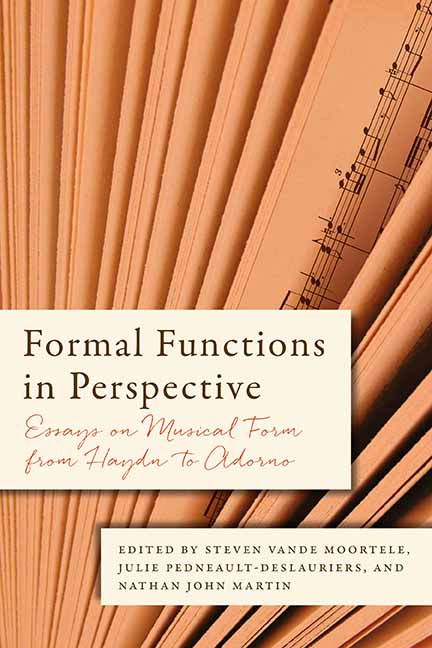Book contents
8 - Parlante Talk: Texture and Formal Function in the Operas of Verdi
Published online by Cambridge University Press: 26 May 2021
Summary
Thanks to important work by Julian Budden, Scott Balthazar, Alessandro Roccatagliati, and, especially, Harold Powers in the 1980s, Abramo Basevi's Studio sulle opere di Giuseppe Verdi (1859) has assumed a major place in reflections on ottocento musical dramaturgy. Basevi, a critic and composer himself, established the basis for a Formenlehre applicable to the repertory from Rossini to Puccini by providing vocabulary for analysis and outlining parameters for the organization of set pieces. While he did not set out to write a rigorous treatise, his book supplied enough guideposts to future students of the repertory to develop his observations, especially as related to the solita forma (usual form) of ensemble pieces in the sequence of tempo d’attacco, adagio, tempo di mezzo, and cabaletta. His study gave authentic credentials to later and more systematic analytical methods, an authenticity that some have understood as mere veneer because Basevi himself privileged descriptive accounts and ad hoc observations. In this view, the urge to explicit exposition of compositional reflexes or to the plotting of variants against an implicit conventional grid emanates more from the twentieth-century academy than from the nineteenth- century theatrical world. Yet the same might be said of most critical routines informed by primary sources applied by scholars today: authenticity is inherently a fragile concept.
Basevi did, however, give extended analytical attention to one stylistic feature of Verdi's operas: parlante texture. It receives the most sustained treatment of any technical term in his book, perhaps objectively not very long (about seven hundred words in two places) but certainly elaborate in the context of his usual approach. And, as Basevi's present-day editor tells us, he used the term sixty-seven times in the course of the Studio. Despite its relative weight and ostensible authenticity, Basevi's discussion of parlante had just as small an immediate impact on methods of understanding the syntax of ottocento opera as did his other categories of analysis. The first twentieth-century Anglo-American scholar to take up the term appears to have been Joseph Kerman in Opera as Drama (1956), which, given the importance and fame of the book, made for an auspicious resuscitation.
Information
- Type
- Chapter
- Information
- Formal Functions in PerspectiveEssays on Musical Form from Haydn to Adorno, pp. 252 - 292Publisher: Boydell & BrewerPrint publication year: 2015
